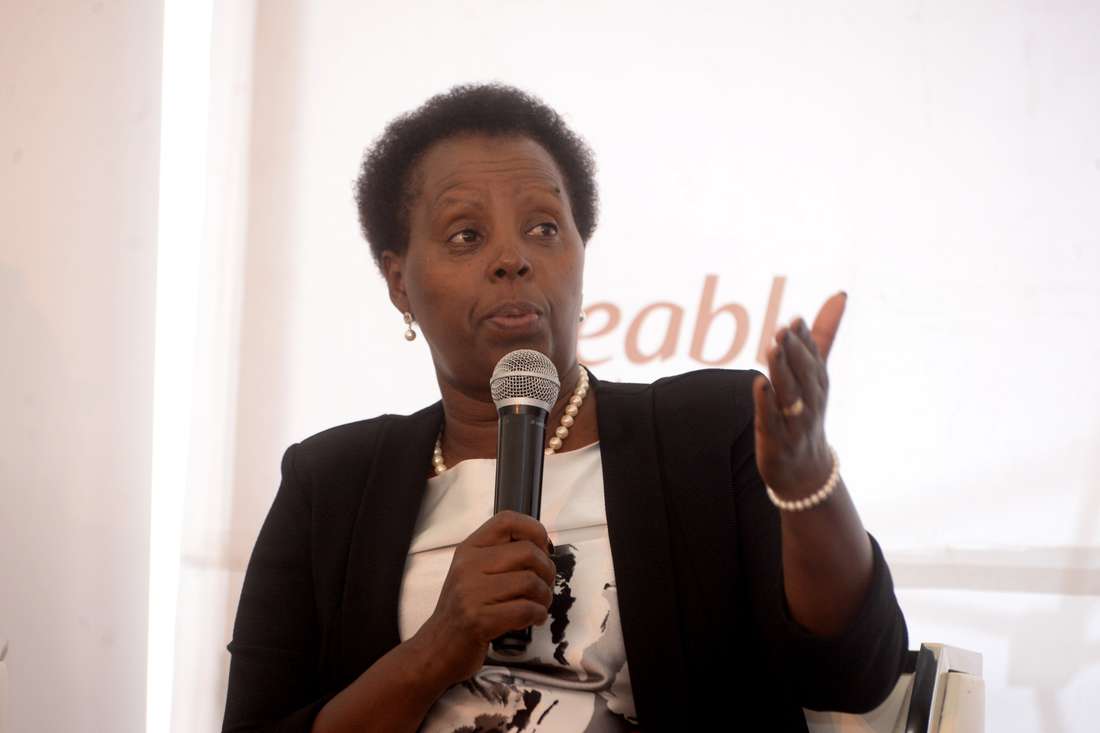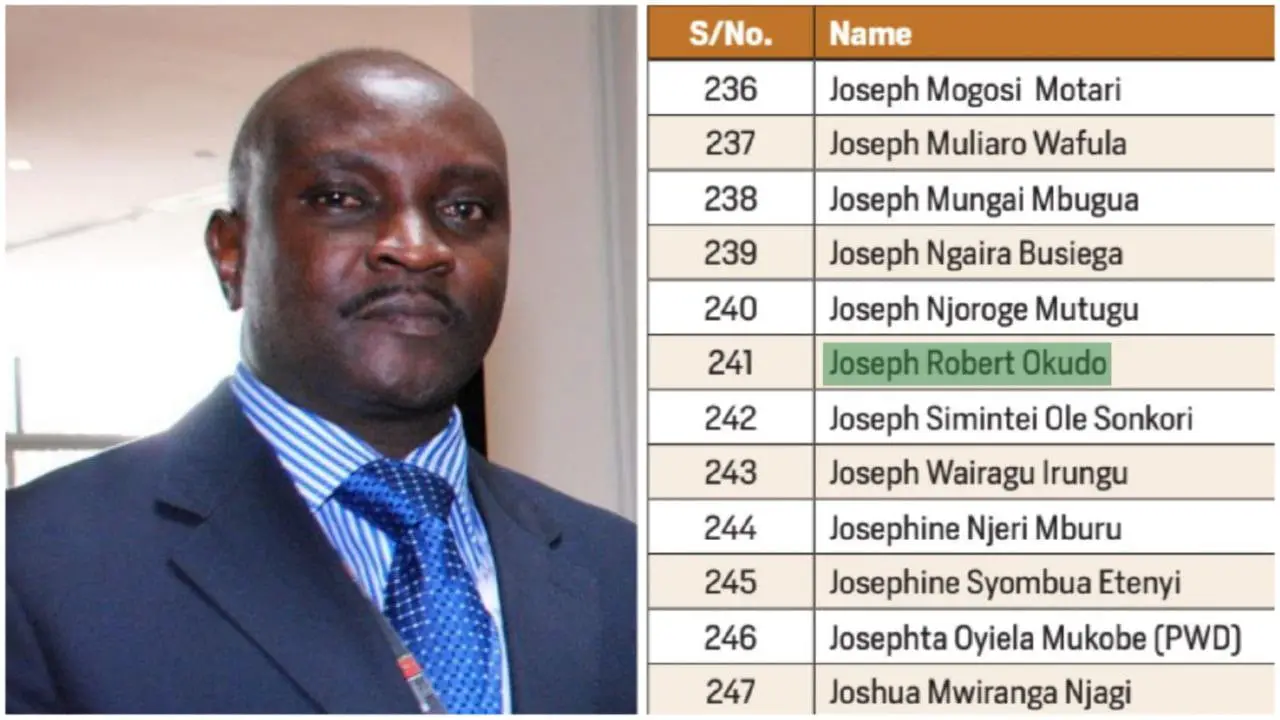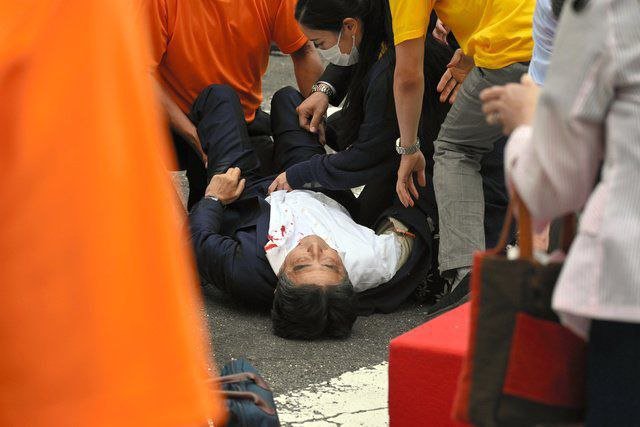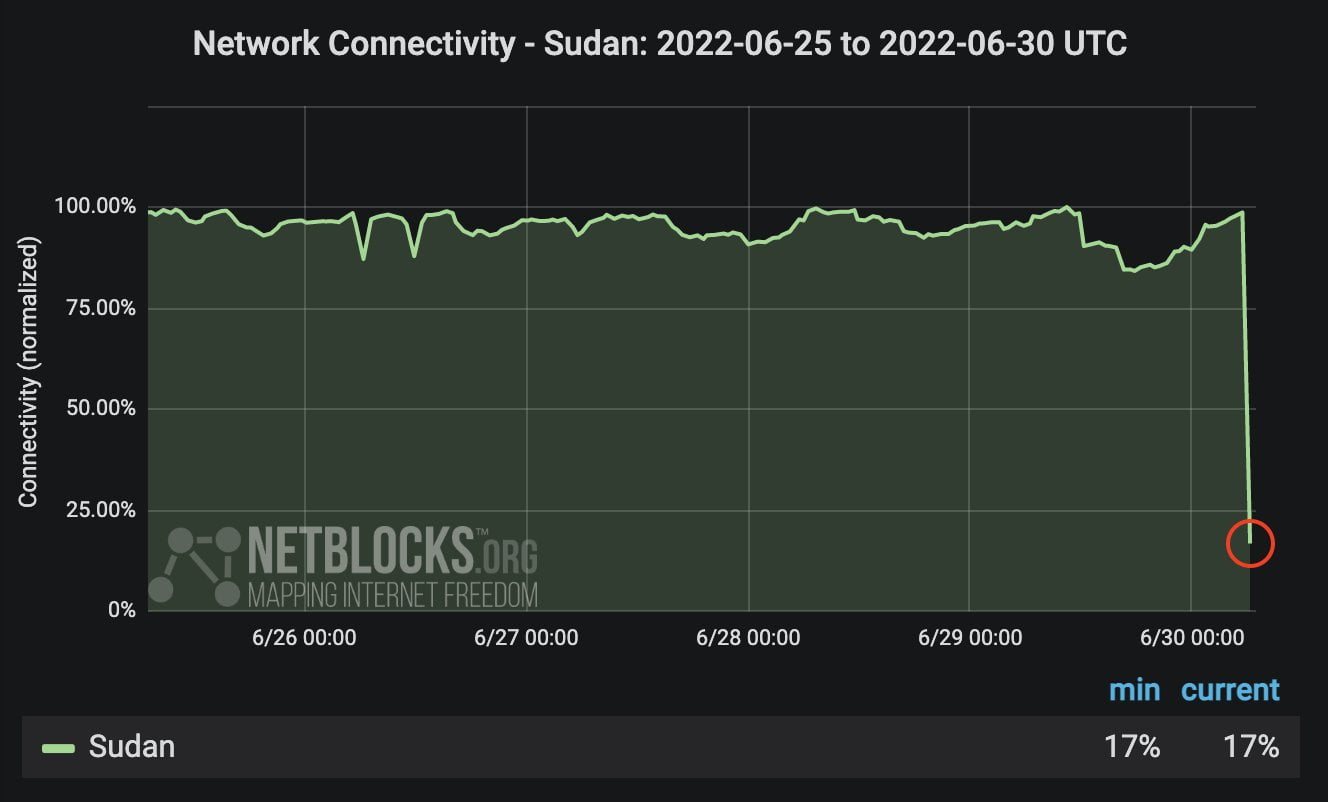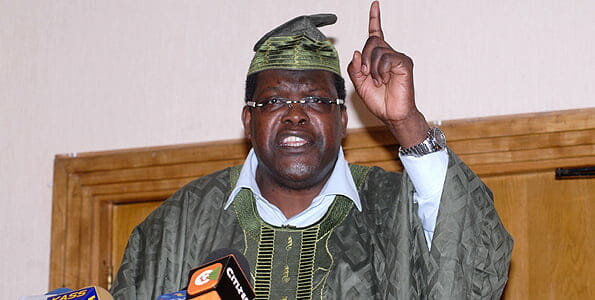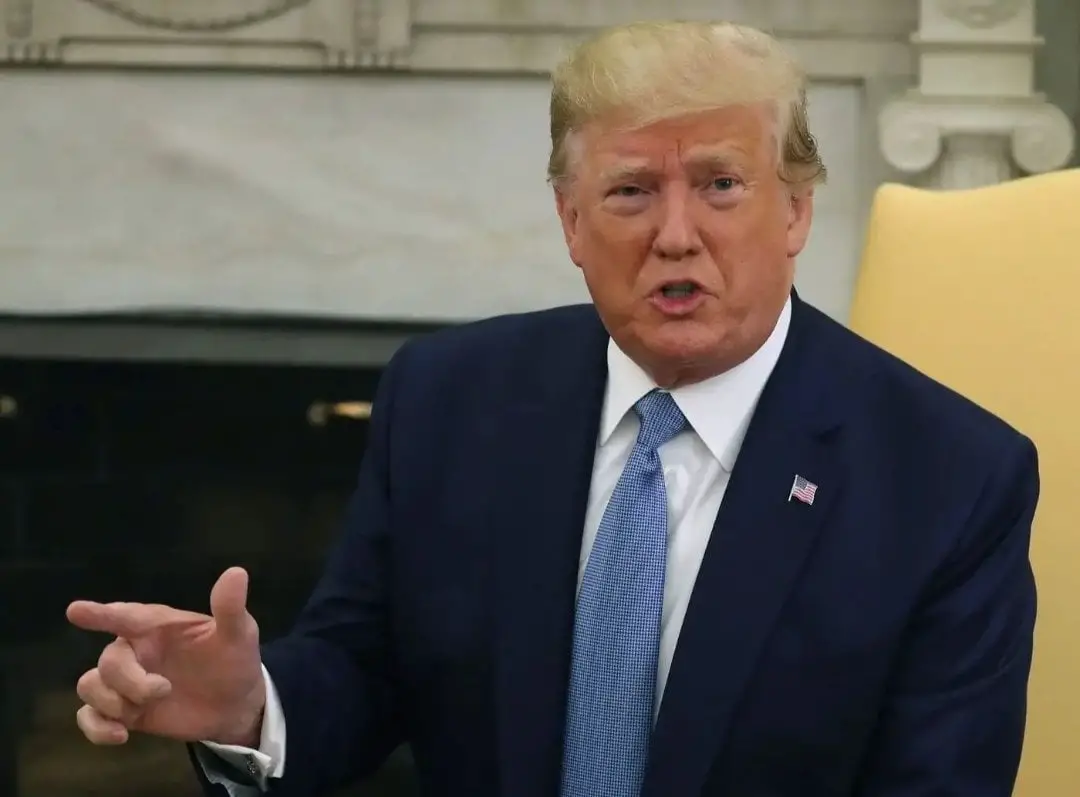
US President Donald Trump says that he could win the 18-year Afghan War in 10 days, because he has plans that could wipe Afghanistan off the face of the Earth and kill 10,000,000 people, but “I don’t want to go that route.”
A quick look at the destructive power of nuclear weapons/war
Nowadays a global nuclear war seems improbable. After the collapse of the former U.S.S.R. global tensions decreased and the atomic arsenal was reduced over the years. Still, 14,900 nuclear weapons exist, and even a local nuclear war could have worldwide effects.
All nuclear powers, the U.S., the UK, France, Russia, China, India, Pakistan, Israel and North Korea, possess small atomic bombs, delivered to the target by airplane or missiles.
Such tactical nuclear weapons, involving short to intermediate range low-yield devices, are designed for use in sea battles, to clean difficult terrain or to level urbanized areas.
One such bomb can ignite an industrial area, causing firestorms that last for days, several such bombs can set a large city burning. The detonation of just one warhead, with the destructive power of 150,000 tons of TNT (like the bomb that destroyed Hiroshima) would still burn 500 square miles of a city.
A local, land-based nuclear war, including the hypothetical use of 50 to 100 such tactical bombs, would send five to 6 million tons of dust, ash and soot from the fires into the atmosphere.
Rising into higher layers, this smoke would effectively reduce solar radiation on Earth, causing an “atomic autumn.” Temperatures would slightly drop for a quarter of a century, reducing the growing season of plants by between 10 to 40 days. Reduce crop production could lead to widespread famine in an already struggling world. Changes in temperatures also cause a shift in weather patterns.
Here is the video
FEATURED IMAGE: A nuclear bomb is tested at Enewetak Atoll (Nov. 15, 1952). | National Nuclear Security Administration.



